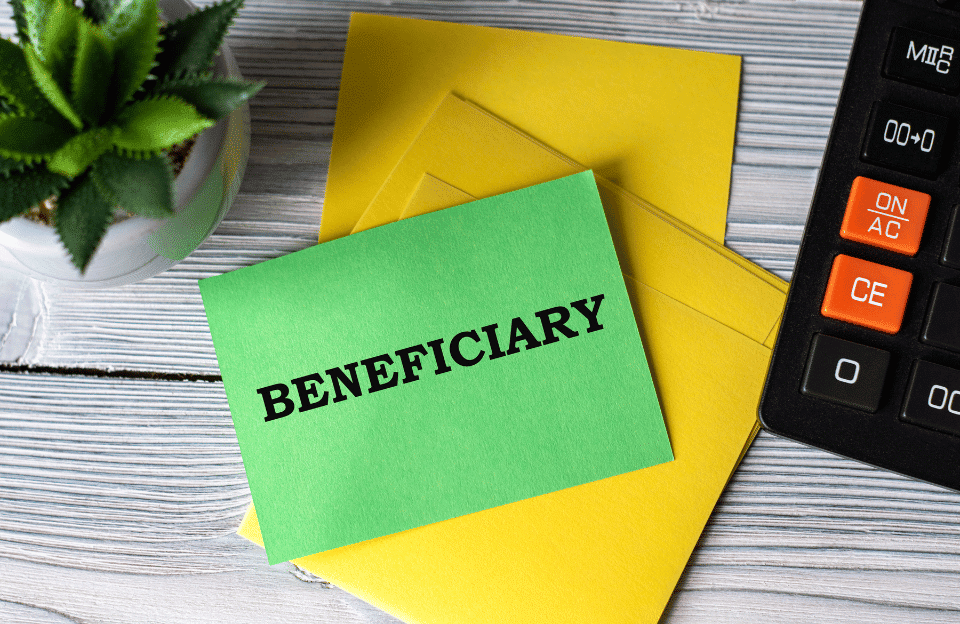When planning your financial future, understanding bank account beneficiary rules is essential. You designate a beneficiary to receive the funds in your account upon your death, bypassing the often lengthy and complicated probate process. This simple yet crucial step ensures that your assets are distributed according to your wishes and provides peace of mind for you and your loved ones. This article dives into the key aspects of setting up beneficiaries for your bank accounts.
Table of Contents
Designating a Beneficiary
Designating a beneficiary is straightforward. Most banks and financial institutions will provide you with a form to fill out when you open a new account or anytime afterward. You’ll need to provide your beneficiary’s full name, date of birth, and Social Security number. It’s important to keep this information updated, especially after major life events like marriage, divorce, or childbirth, to ensure that your current wishes are accurately reflected.
Having a beneficiary designation directly on your account can significantly speed up the distribution of assets after your death. Without a named beneficiary, your account could become part of your estate, subject to probate, which can be time-consuming and costly for your heirs.
Multiple Beneficiaries
You have the option to name multiple beneficiaries for a single account. This can be beneficial if you want to ensure that your assets are distributed among several people, such as your children. When setting up multiple beneficiaries, you’ll specify the percentage of the account’s balance that each person will receive. Ensuring that the percentages add up to 100% is crucial to avoid any confusion or disputes.
Naming multiple beneficiaries can also provide a backup in case your primary beneficiary predeceases you. Having a contingent beneficiary ensures that your assets are still distributed according to your wishes without probate.
Revocable vs. Irrevocable Beneficiaries
Beneficiaries can be classified as revocable or irrevocable. Revocable beneficiaries mean you can change or remove the beneficiary designation at any time without the beneficiary’s consent. This provides flexibility and control over your account, allowing you to adjust your plans as your life circumstances change.
On the other hand, irrevocable beneficiaries cannot be changed or removed without the beneficiary’s consent once they have been designated. This type of designation is less common and typically used in specific financial planning situations.
Impact on Estate Planning
Incorporating bank account beneficiary designations into your broader estate plan can help ensure a smooth and efficient transfer of your assets. By directly designating beneficiaries on your accounts, you can bypass the probate process for these assets, saving time and money for your heirs. It’s a simple step that can significantly impact how quickly and easily your assets are distributed after your death.
It is important to coordinate your beneficiary designations with your will and other estate planning documents. Discrepancies between these documents can lead to confusion and potentially legal challenges among your heirs.
SoFi states, “Adding a beneficiary to a bank account is similar to naming a beneficiary to a life insurance policy or retirement account. A bank account beneficiary is entitled to receive the assets in the account when you pass away.”
Properly setting up and maintaining your bank account beneficiary designations is critical to financial planning. It ensures that your assets are distributed according to your wishes, provides clarity and ease for your heirs, and can help avoid the time-consuming and often costly probate process. By understanding the rules and options for designating beneficiaries, you can make informed decisions that align with your estate planning goals and provide peace of mind for you and your loved ones.


